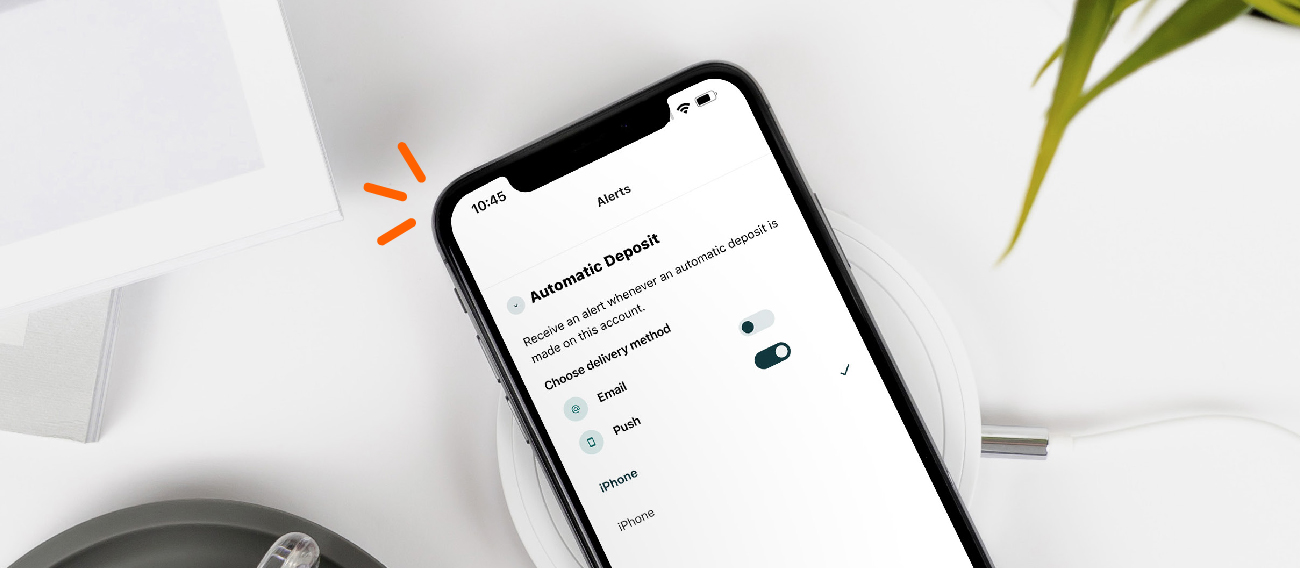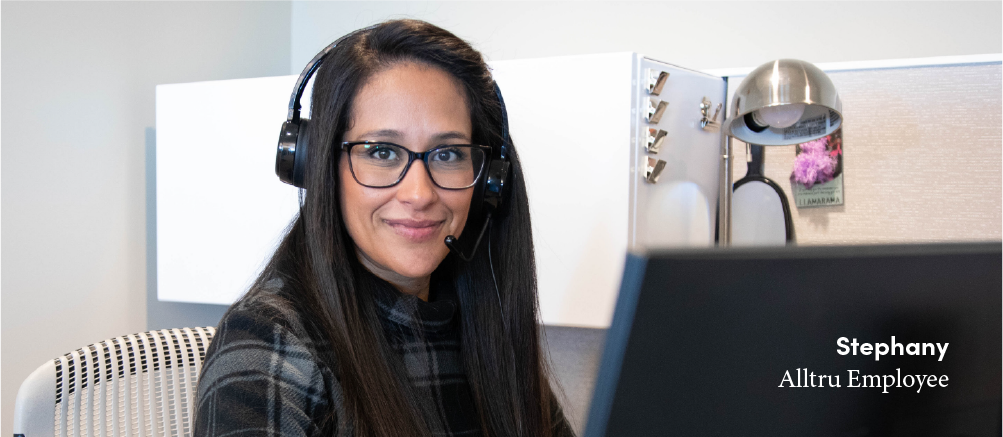When you get engaged it’s no longer just about you, everything suddenly turns into “us.” After Eric and I got engaged, we moved in together and got a real-world reality check. It quickly became obvious that we needed to figure out how we were going to handle our expenses and financials as a couple. We talked about how we were going to manage our money. Did we want a joint account, separate accounts, or a bit of both? Here are some things to consider when you’re going through this process.
Totally Combined Money.
This is the route many married couples take. Having totally combined money has a lot of advantages. For starters, it encourages frequent and open communication. It’s going ‘all in’ on your relationship and splitting everything equally. Totally combined money encourages working toward shared goals and with only one set of savings and checking accounts, it’s easier to manage your bills and how much cash you’ve got as a couple. Of course, there are some potential drawbacks to this approach especially if you’re on different wavelengths when it comes to your spending habits which can lead to arguments.
Totally Separate Money.
Where managing money as totally combined is equal, totally separate is completely equitable. That is, each party contributes an equitable amount to the shared bills. If someone earns a higher income, they’d contribute more towards the shared living expenses. This can be either in a shared account or just by splitting up whose name the bills are under. The advantage to keeping money separate is that it allows for each person to spend and save as they please. You can still work towards shared goals, but tracking them becomes a little trickier. With keeping your money separate, you may want to establish rules, particularly around the amount of savings to set aside if you are going to work towards the same goals.
A Bit of Both.
The process of the “a bit of both” method can be very similar to the totally combined money concept. All of the regular bills and expenses are paid out of a shared account that most of your money goes in to. The main difference here is that each person is given a bit of extra money in their own account. It’s some fun money to maintain that sense of freedom and individuality, without the disadvantages of having totally separate money. The ‘a bit of both’ method tries to make the most of the benefits of the other two methods while lessening some of the disadvantages.
No matter how you decide to co-manage your money, just be sure to have that conversation up front. Keep an open mind with your partner on how you both can responsibly manage your money whether it be together, separate or a little bit of both.
Until next time,

Chelsea Springli







